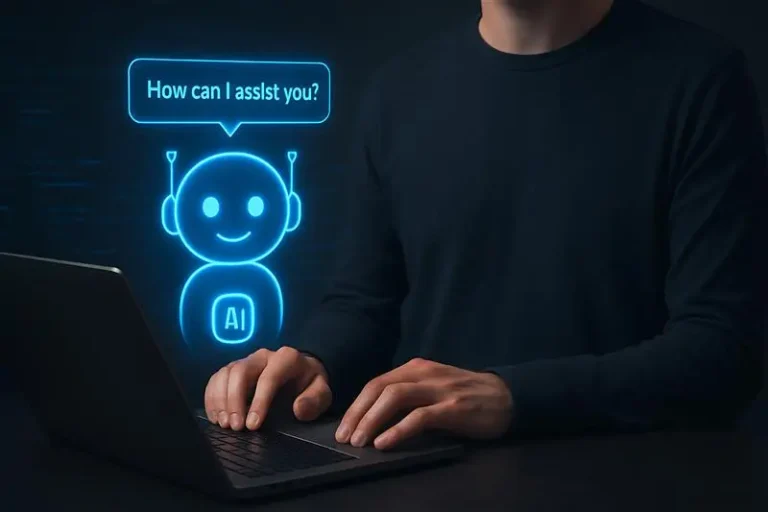Unlocking the Potential: What is Generative AI?
Generative AI

Introduction:
Generative AI, short for Generative Artificial Intelligence, represents a groundbreaking leap in the field of artificial intelligence. Unlike traditional AI models, which operate based on pre-defined rules, Generative AI has the capacity to create content, images, or even entire scenarios independently. It’s not just about processing data; it’s about generating new and unique outputs.
Understanding the Mechanism
At its core, Generative AI employs neural networks to mimic human-like thinking processes. These networks learn from massive datasets, allowing them to generate content that, in some instances, is indistinguishable from what a human might produce. The magic lies in the ability to go beyond replication and create something novel.
The Applications of Generative AI

1. Content Creation
Generative AI is a game-changer in content creation. Whether it’s writing articles, composing music, or even generating visual art, technology can significantly augment human creativity. It’s not a replacement but a powerful collaborator, enhancing productivity and innovation. It also helps in creating content for Website Development and Mobile Application Development.
2. Personalized Marketing
In the dynamic landscape of digital marketing, personalization is paramount. Generative AI excels in analyzing user behavior and crafting tailor-made content, ensuring that marketing efforts hit the bullseye. From email campaigns to targeted advertisements, the potential for customization is limitless.
3. Healthcare Advancements
The healthcare sector benefits immensely from Generative AI. From drug discovery to medical imaging analysis, the technology accelerates research processes, potentially leading to breakthroughs in treatment and diagnosis. The precision and efficiency it brings to healthcare are unparalleled.
Advantages of Generative AI
1. Creativity Amplification
Generative AI doesn’t replace human creativity; it amplifies it. By automating repetitive tasks, it liberates human minds to focus on innovation and ideation. The synergy between human ingenuity and AI prowess results in unprecedented creativity.
2. Time and Cost Efficiency
Automation is synonymous with efficiency. Generative AI streamlines tasks that would otherwise be time-consuming, allowing businesses to allocate resources more strategically. The cost savings and accelerated workflows contribute to a competitive edge.
3. Enhanced Decision-Making
Incorporating Generative AI into decision-making processes adds a data-driven dimension. The technology analyzes vast datasets, providing insights that may elude human observation. In business strategy, this translates to more informed and effective decision-making.
Challenges and Ethical Considerations
“With great power comes great responsibility”. While Generative AI is more promising, it also raises ethical concerns. Issues related to bias in generated content, job displacement, and data security demand careful consideration. Striking a balance between innovation and ethical use is crucial for the sustainable development of this technology.
Conclusion
Generative AI is a testament to the boundless capabilities of human ingenuity coupled with technological advancement. As we embrace this transformative technology, it’s essential to navigate its applications responsibly. The synergy between human creativity and artificial intelligence paves the way for a future where innovation knows no bounds.
In a world driven by constant evolution, Generative AI stands as a beacon, guiding us towards unprecedented possibilities. As we delve deeper into its realms, the question isn’t just “What is Generative AI?” but rather, “What incredible heights can it help us reach?”










